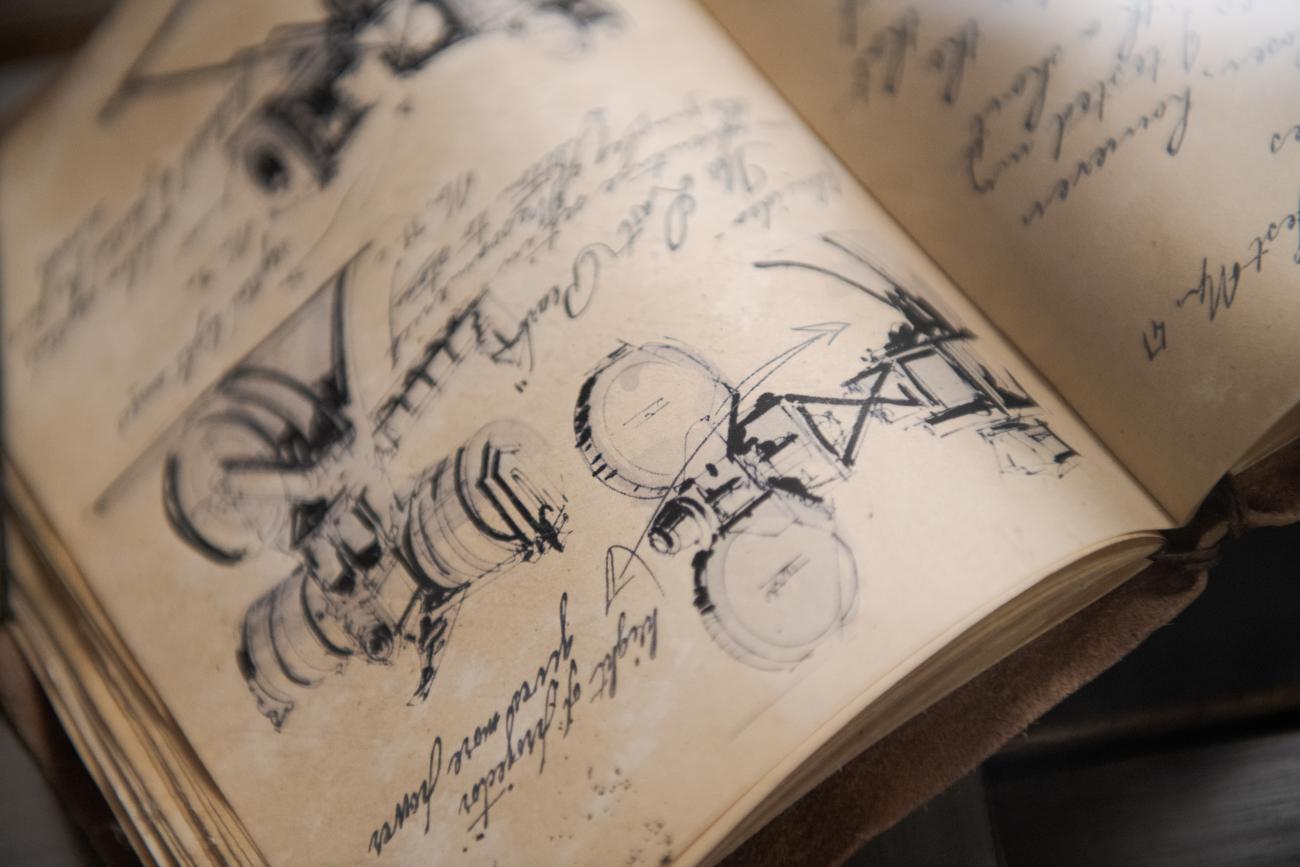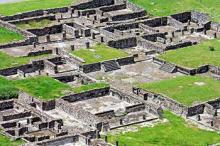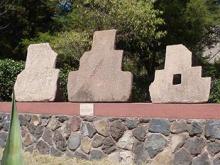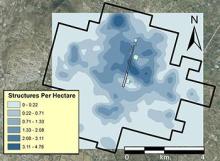
Living the Good Life at Teotihuacan
Teotihuacan society presents researchers with several puzzles. First, the city seems to have lacked a single powerful king, and may have been ruled by a council or an oligarchy. Second, the people appear to have been more prosperous than commoners in other ancient societies. Third, urban residents lived in a unique form of urban housing — the apartment compound. This project is a comparative study of the apartment compounds and other housing at Teotihuacan that addresses these and other puzzles, and establishes a better understanding of life and society in the premier ancient city of the Americas.
Project Details
Teotihuacan’s unique form of urban housing — the apartment compound — is the key to understanding many aspects of life and society in the ancient city. The interior walls of these large, well-constructed apartment houses were covered with elaborate mural paintings. Residential quarters were grouped around open courtyards with drains for rainwater. In the annals of world housing before the Industrial Revolution, the Teotihuacan apartment compounds were unique. In most ancient cities, rich elites lived in luxurious houses while commoners lived in small, simple structures. At Teotihuacan, almost everyone lived in a villa. A better understanding of housing here holds the key to understanding the nature of its inhabitants' society.
This is a long-term project that is focused on existing data. Fieldwork at Teotihuacan has generated a tremendous amount of information on housing and artifacts, but the material has not been organized, synthesized, and analyzed in a consistent way. This project has five components:
1. Catalog of excavated residences. Professor Michael E. Smith is assembling the first ever catalog of houses excavated at Teotihuacan. The same five or six completely-excavated compounds are used over and over as examples of the city’s housing, but we now have a greatly expanded sample of over 60 compounds.
2. Architecture and layout of apartment compounds. The first task is to re-draw the plan maps of the compounds at a consistent scale and style. Undergraduate student Sierra Stewart has undertaken this task. The second step is to analyze the layouts of compounds to determine how many households or families lived in each. Undergraduate student Abhishek Chatterjee is working on this, using the principles of space syntax analysis. This study will show the nature and variation in living areas of individual families, and it will pave the way for population estimates of the ancient city.
3. Almenas. Almenas are large ceramic and stone roof ornaments that were used in many Teotihuacan buildings. Long appreciated as artistic elements, we are studying their architectural and social significance for the first time. Undergraduate student Alexa Rose has assembled a catalog of whole almenas from publications and museum exhibits and is analyzing this information. Smith has already studied and published the almenas from the collections of the Teotihuacan Mapping Project.
4. Other domestic artifacts. We are assembling a database of counts of ceramic and lithic artifacts from excavations of residences at Teotihuacan. These will be analyzed to reconstruct domestic activities and social conditions.
5. Population and demography of Teotihuacan. Surprisingly, scholars still lack a rigorous population estimate for Teotihuacan. Well-known estimates by René Millon (100,000 to 200,000 people) and George Cowgill (80,000 to 100,000) used informal methods. We will calculate populations and population densities across the city to study its internal organization, and for comparison with other ancient and modern cities around the world. This work is being done by undergraduate student Dean Blumenfeld and postdoctoral scholars Marion Forest and Angela Huster.
Related projects: Some of the data being analyzed comes from the Teotihuacan Mapping Project. The project Burials and Society at Teotihuacan is closely related to this project.
Research Team
- Michael E. Smith, Professor, ASU School of Human Evolution and Social Change
- Marion Forest, Postdoctoral Research Associate, ASU School of Human Evolution and Social Change
- Angela Huster, Postdoctoral Research Associate, ASU School of Human Evolution and Social Change
- Dean Blumenfeld, Undergraduate Student
- Alexa Rose, Undergraduate Student
- Abhishek Chatterjee, Undergraduate Student
- Sierra Stewart, Undergraduate Student



